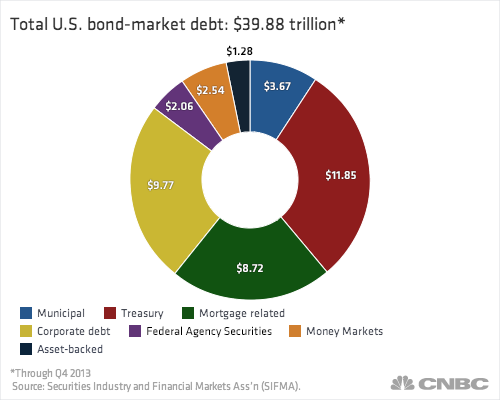Mutual Funds What You Need to Know
Post on: 2 Апрель, 2015 No Comment

Mutual Fund Screener
There are thousands of funds to choose from, yet most investors really dont need more than four or five funds. Sifting through all of the choices can be rather daunting.
But it neednt be. Here is a look at the essentials, along with guidelines on what to look for when purchasing a fund. Once you are done, you should have a better grasp on how to choose the investments you need to build a diversified portfolio, whether its for your childs college fund or retirement savings.
For most investors, mutual funds — which are a collection of stocks, bonds or other investments — are the simplest and least expensive way to access wide swaths of the stock and bond markets.
Exchange-traded funds, which are essentially mutual funds that you can trade just like a stock, are also useful in certain circumstances, which you can read more about here .
The Mechanics
First, lets take a quick look at how mutual funds work: When you choose a fund, you send the fund company money, which is pooled with other investors money. Its all used to buy dozens upon dozens of stocks, bonds, or other investments. Thats part of the beauty of mutual funds — most investors could not achieve that level of diversification on their own. (Investors do not actually own the underlying stocks or bonds; instead, they own a piece of the fund itself, in the form of shares. As the value of the underlying investments rises and falls, so does the value of your fund shares).
But how a fund manager chooses what to buy is what differentiates one fund from another. Some funds are actively managed, which means that a portfolio manager looks for stocks, bonds or other investments that will fit the funds overall objective. The goal for all active managers is to outperform certain benchmarks, like the Standard Poors 500 index, which tracks 500 large domestic companies. As part of the stock-picking process, fund managers often travel to meet individual companies and essentially kick the tires: they visit factories, talk with customers, meet with management, and analyze financial statements. All of that costs money, of course, which is one of the main reasons actively managed funds are more expensive then the alternative: index funds.
Index funds simply replicate the performance of various indexes like the Standard Poors 500. Meanwhile, because indexes do not change their underlying components very often, they do not need to make a lot of trades, which also increases costs. A lot of trading may also give rise to taxable capital gains, which must be distributed to fund shareholders along with the tax liability.
For all of these reasons, index funds cost only a fraction of actively managed funds. And lower costs are why index funds tend to outperform their actively managed counterparts over the long term. To beat index-tracking funds, fund managers have to add more to returns than the cost of running the fund. It is hard to do .
How to Evaluate a Fund
First, you need to figure out what type — or style — of fund you need, which is based on your investment goals, time horizon, tolerance for risk, among other factors. After deciding what types of funds you need — like an international stock fund or a fund of small companies — you will want to evaluate the funds in each category using the following criteria:
COSTS: First, find out if there are any suitable index funds — they have the lowest costs and typically beat their actively managed counterparts over time. The average active mutual fund charges about 1.4 percent of your investment each year — this charge is known as a funds expense ratio — while the average index fund costs 0.80 percent. Many funds are available for much less. The Vanguard Total Stock Market Fund, for instance, provides exposure to the entire market for only 0.07 percent.
Pay close attention to other fees. You want to avoid funds that charge loads, which are sales charges levied when you buy or sell a fund. The charge is paid to the financial broker selling the fund. Load funds are sold in different share classes. which each have a unique fee structure. You can avoid loads altogether by buying directly from fund companies like Vanguard, T. Rowe Price. Fidelity and others.
COMPANY: Do business with companies that have long track records. The same goes for portfolio managers. Find out how long they have been running the fund, and what they have done in the past. Web sites like Morningstar.com track this type of information.
PERFORMANCE: Dont put too much weight on fund performance. Often, this years star funds are next years worst performers. Check the funds performance over three-, five- and 10-year periods. If the fund is actively managed, compare how the fund has performed versus its benchmark, especially during market downturns. Be sure to stack it alongside its peers, or funds of the same style, too. Choose a fund with relatively consistent returns.














